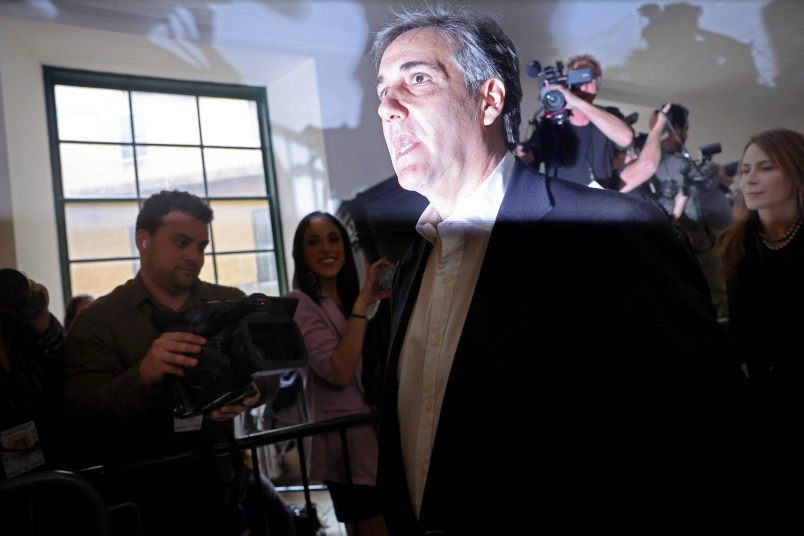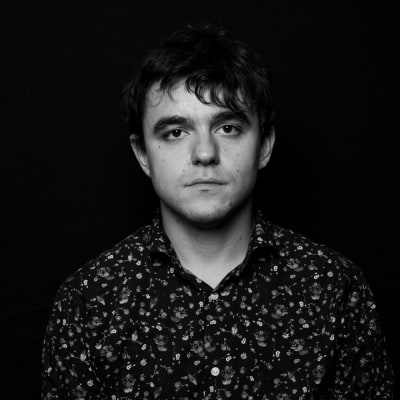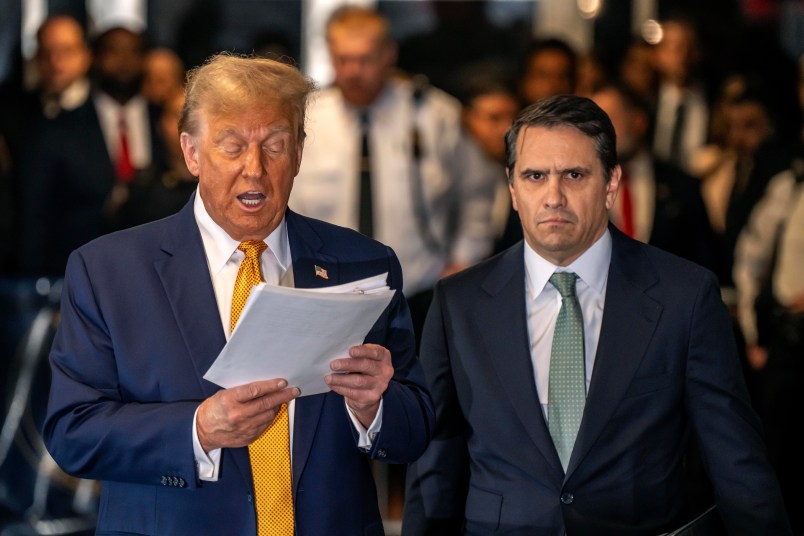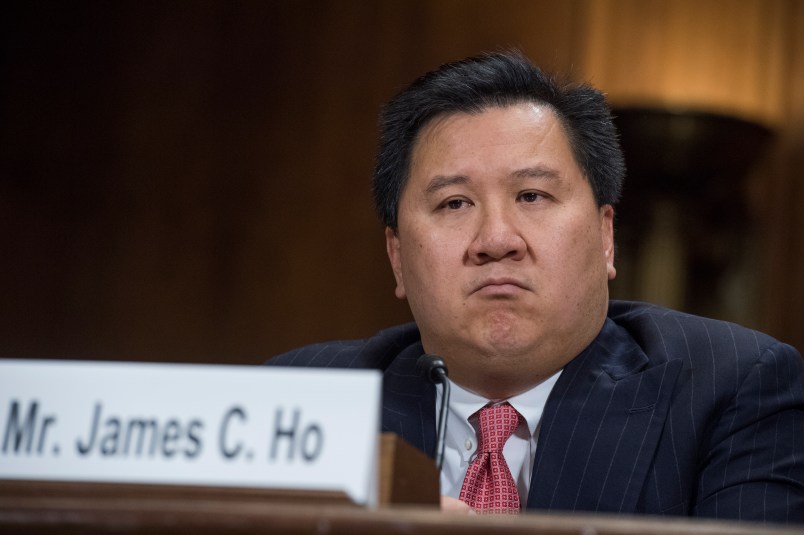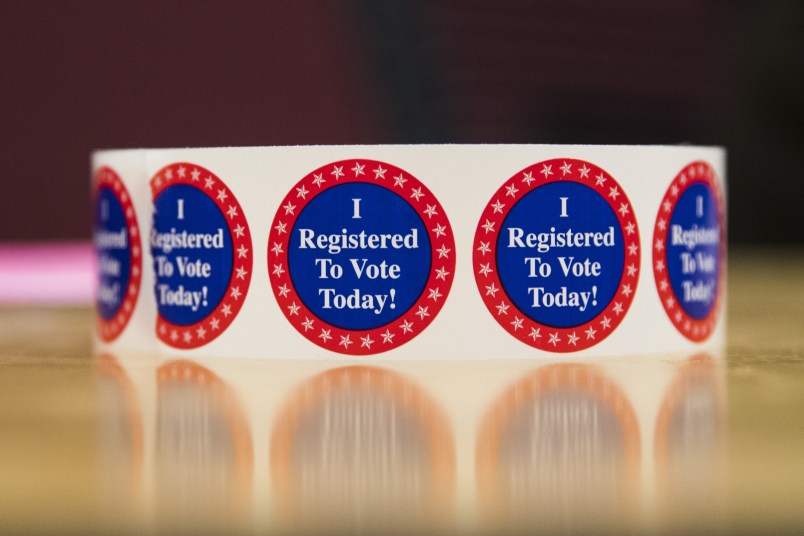NEW YORK — He’s nowhere to be seen at Donald Trump’s New York criminal trial, but he’s everywhere: Michael Cohen, the former president’s ex-fixer.
Two witnesses on Tuesday testified to key questions in the hush money scheme which put Cohen at the center. Cohen’s former banker, Gary Farro, discussed the man’s finances, while a Los Angeles attorney detailed his interactions with the former Trump attorney in the run-up to the 2016 election.
According to that witness, Keith Davidson, those interactions were usually unpleasant. “The moral of the story is no one wanted to talk to [Michael] Cohen,” Davidson said.
Cohen is seen as a uniquely vulnerable and valuable witness for the DA. He can testify to key parts of the prosecution’s case, namely that Trump falsified business records in reimbursing him for the hush money payments.
For that reason, his testimony is expected to be a major moment in the trial. It is unknown when — or if — he will appear on the witness stand.
But on Tuesday, the prosecution seemed to be building toward calling Cohen.
Prosecutors called Davidson on Tuesday morning, introducing a witness with direct involvement in allegations at the core of the first criminal case against a former president. Davidson represented both Karen McDougal and Stormy Daniels in their hush money negotiations with the National Enquirer and Cohen.
Davidson at first appeared stiff and unhappy to be on the stand, but loosened up as time went on, joking at times with prosecutor Joshua Steinglass. His testimony earned laughs at times from myself and other journalists in the overflow room. But Davidson is an attorney, and his knowledge of law showed throughout his testimony: he spoke formally and described himself as on a set of discrete assignments throughout the seamy events his testimony described. He was, in his telling, representing his clients while doing no more.
The presentation gave him an air of credibility, though the overall thrust of his testimony was to thicken the sleaze that envelopes the case. At one point, Davidson described a meeting in which his client Karen McDougal brought along two associates for reasons that were not explored: an ex-porn star named Jay Grdina and a former Phoenix police officer named Johnny Crawford.
But it was Cohen who played the biggest role in testimony on Tuesday without ever being present in the courtroom. Davidson described his increasing — and unwanted — interactions with Cohen over the course of 2016 as AMI, the National Enquirer’s parent company, became less involved in the hush money effort and Cohen, as Trump’s direct representative, began to “step into AMI’s shoes.”
Before the 2016 scandal, Davidson told jurors, he had had one interaction with Cohen. In 2011, a website called The Dirty had published an account of Daniels’ tryst with Trump. Daniels’ agent got an angry call from an unnamed person who she described to Davidson as a “jerk.”
“Who was that jerk?” Steinglass, the prosecutor, asked.
“Michael Cohen,” Davidson replied.
Davidson told Steinglass that he called Cohen to say that his client, Stormy Daniels, was also unhappy with the blog post, and to see if anything had been done to have it removed. Cohen met him with “a hostile barrage of insults and insinuations and allegations that went on for quite a while.”
Eventually, Davidson got the website to take the story down.
But that episode meant that five years later, in 2016, Davidson went out of his way to avoid having to interact with Cohen when he was again trying to keep the Stormy Daniels story from coming out — this time in the final days of the presidential election.
Davidson’s testimony set the stage for why Cohen will be a key witness. But he has planetary-sized problems with his credibility. As Davidson testified, he frequently lied while working for Trump, and would become unreasonably angry for little reason.
But Steinglass had Davidson — so far a measured and calm witness — introduce these elements of the Michael Cohen experience to the jury. It potentially dampens the impact when defense attorneys eventually try to demolish Cohen’s credibility before the jury.
Those same issues threaded through the rest of Davidson’s testimony.
By October 2016, Stormy Daniels’ story had hit what Davidson described as a “crescendo” in interest for the Trump campaign. The Access Hollywood tape had just come out — were another salacious story about Trump to emerge, Davidson said, the thinking was that it would kill what was left of the Trump campaign.
AMI, which had paid for McDougal’s silence, backed out of engaging in a similar agreement for Stormy Daniels’, Davidson said. The replacement was Michael Cohen.
“In essence, Michael Cohen stepped into AMI’s shoes,” he recalled.
But after the agreement to buy Daniels’ silence for $130,000 was signed, a problem immediately arose: the money did not come through.
Davidson said that Cohen came back with a series of increasingly absurd excuses: the wiring instructions didn’t work. It was Yom Kippur. The Secret Service was messing around in Trump Tower, erecting “firewalls” which would make payment impossible.
But Davidson knew something else: the value of Daniels’ story would decrease dramatically come Election Day 2016.
“I thought he was trying to kick the can down the road until after the election,” Davidson said of Cohen’s excuses.
Davidson said that he began to send a series of increasingly dire emails to Cohen and to try to explain the situation to Cohen over the phone.
“It’s making me look bad,” Davidson told Cohen. “And I don’t really believe a word that you’re saying.”
Eventually, Cohen relented: “Goddamit, I’ll just do it myself,” he said, per Davidson. Cohen did not have the authority to spend Trump Org funds, Davidson believed, and he understood it to mean that Cohen would pay the terms of the hush money deal with his own money.
It’s an important detail, in part because it sets up a key sequence of events for the case: with Trump refusing, Cohen paid Stormy Daniels with his own money, leading him to demand reimbursement from Trump. It was the alleged reimbursement which forms the basis of the charges against Trump.
Davidson’s testimony tightly set up those questions around Cohen and how he was reimbursed. His testimony stopped just short of covering the ultimate completion of the hush money deal for Stormy Daniels: per his testimony, we know that Cohen had committed to paying for it himself, but had not yet completed the transfer.





